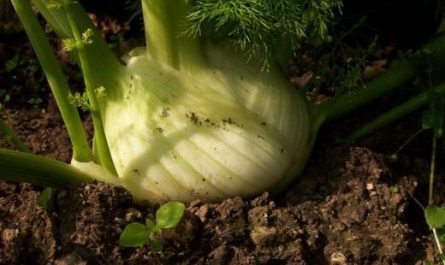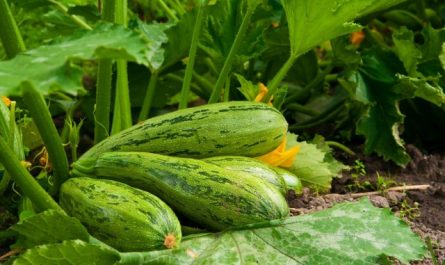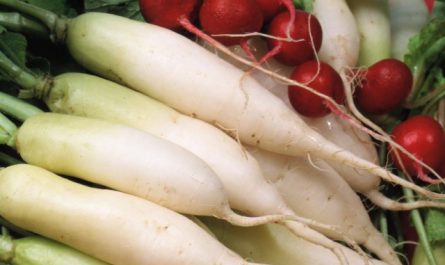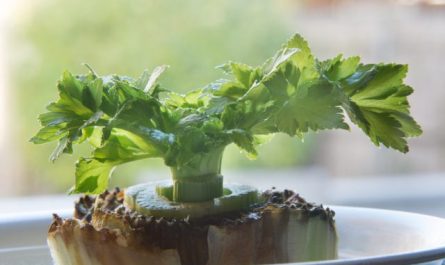Anyone who has acquired a physalis is happy. Its fruits are consumed both fresh and in the form of caviar, jelly, marinades, jam and marmalade. It is especially tasty dried and cured. What kind of plant is this and where does it come from?
In the wild, physalis is found in Central and South America, where it reproduces by self-seeding as a weed. The local population “tamed” it here long ago, introducing it into culture. In Mexico, Guatemala, Peru, Venezuela, and Colombia, physalis is very popular: a large number of productive varieties have been bred, adapted for cultivation on the plains and in the mountains. It was from here that physalis, or, as it is also called, Mexican tomato, was brought to North America, and in the 17th century – to Europe and Asia. Physalis penetrated into Russia almost simultaneously with tomatoes, but did not become widespread. And so it was until recently.

Interest in physalis increased in our country in the 20s and 30s. In 1926, the prominent breeder S. M. Bukasov collected a large collection of nightshade plants, including physalis, during a trip to Mexico and Guatemala. All VIR experimental stations began studying physalis as a vegetable crop. It was established that the Mexican tomato can be grown everywhere in our country, but especially successfully in Ukraine and the Far East. And physalis stepped onto plantations. Already in 1934, its area reached 5000 hectares, of which 3000 hectares were in the Far East. Somewhat later, the first Soviet varieties were bred for the confectionery industry and especially for obtaining citric acid. Then interest in the new product faded, crops decreased, and now physalis is grown mainly in private plots. And not everywhere.
Physalis is a botanical relative of potatoes, tomatoes, peppers, and eggplants. There are three groups of physalis: food (vegetable), ornamental, and medicinal.
Of course, vegetable physalis is of greatest interest to gardeners, primarily Mexican, Strawberry, Peruvian and some others. But first, a few words about decorative ones. They are represented by the following species – alkekengi, flexuosa, francheti and longifolia. Alkekengi are better known as Chinese lanterns. Their cups are yellow, orange or red. Their decorative effect lasts throughout the year. Alkekengi are easily propagated by seeds and by dividing the bush. Longifolia is attractive in single plantings. Its height is 2 m, the bush is heavily branched, the stems are erect, thick, the flowers are large with a blue corolla. The cup (lanterns) are nut-colored with strongly overgrown ribs. The flowers have an interesting biological feature: they open at 12 o’clock and close at 16.

Medicinal and vegetable physalis have diuretic, choleretic, hemostatic and analgesic properties. They are especially widely used in folk medicine in Central and South America. In addition, alkekengi, pretermisa and franchetia provide organic dyes.
In our country, vegetable physalis is represented by annual varieties. According to biological characteristics, food physalis is divided by place of origin into South American and Mexican.
South American forms have small, sweet and aromatic berries. The plants are self-pollinating, with densely pubescent stems and leaves. In our country, this form is represented by varieties of strawberry and Peruvian physalis.

Strawberry physalis got its name for its pleasant smell, and for the strong pubescence of all parts of the plant, it is also called pubescent. It is popularly known as ground cranberry and raisin berry. Strawberry physalis is an annual plant, its stem is highly branched, up to 50-70 cm long. The shape of the bush is almost creeping. The leaves are oval, slightly corrugated. This physalis reproduces by seeds, sowing in the ground. This is in the southern regions, and in the more northern ones it is cultivated through seedlings. After all, strawberry physalis is very demanding of heat, the seeds begin to germinate at a temperature of at least 15 degrees. In addition, this type of physalis is short-day, that is, the plants develop well only with a short southern day. In the conditions of a long northern day, the growing season is extended. And only the run, which provides the seedling method, allows you to get ripe berries here. They are small and yellow in strawberry physalis. In the conditions of Western Kazakhstan (Aral Experimental Station of VIR), the yield from a bush with irrigation reached up to 1,5 kg (300-600 or more berries). The most interesting varieties are Strawberry and Raisin. Strawberry physalis berries are sweet, vitamin-rich, and children love them fresh. You can make jam and raisins from them. They do not require blanching before use, since they do not have a sticky substance on the fruit, unlike Mexican and Peruvian ones.
Our gardeners also love the Peruvian physalis. It comes from Peru, where it is grown as a berry crop. It appeared in Russia at the beginning of the 20th century. It has not yet become widespread, which is due to its biology. This plant is very demanding of heat. Even in southern and subtropical regions, it is propagated by seedlings. The seeds germinate at a temperature of degrees, the plants are demanding of moisture and soil. The leaves of the Peruvian physalis are large, the flowers are small, pale yellow with a dark brown spot at the base. The berries are small, enclosed in an overgrown nut-colored case. The berries taste sweet and sour with a pineapple smell. There are forms with a light orange smell. The growing season is long. The berries begin to ripen only in the second half of September. Late ripening has a negative effect on the harvest. It is interesting that in subtropical conditions this physalis is not threatened by freezing in winter, and in the second year of life, flowering occurs early, in May, and the fruits ripen already in mid-summer.

Mexican physalis is more widespread. There are several varieties of it – branched, spreading, spreading and inclined. In its biological characteristics, Mexican physalis is close to tomatoes, but compared to them, it is more cold-resistant, drought-resistant, and less photophilous. It grows on all soils, with the exception of highly acidic, saline and waterlogged ones. High drought resistance is due to a powerful root system. As a shade-tolerant plant, this physalis does well; it feels in the aisles of other crops. Increased cold resistance allows Mexican physalis to move far to the north. It suffers from the same diseases as tomatoes – late blight, black leg, and from pests it is affected by wireworm and winter moth.
The shape of the bush can be upright, semi-standard and semi-creeping. There are also significant differences in height: low-growing bushes reach only 30-50 cm, tall ones – 120-125 cm. Particularly large differences between varieties are observed in the color of the tops: it can be dark green, green, yellowish, purple. The weight of the fruit reaches 50-60 g. There are from 50 to 500 of them on the bush. The varieties Moskovsky ranniy, Gruntovyi gribovsky, Konditersky and Mestny zheltotsvetkovyi, grown in the Amur region, stand out for their productivity.
The variety of forms, types and varieties of physalis allows amateur vegetable growers to select what suits them best in specific conditions.




















